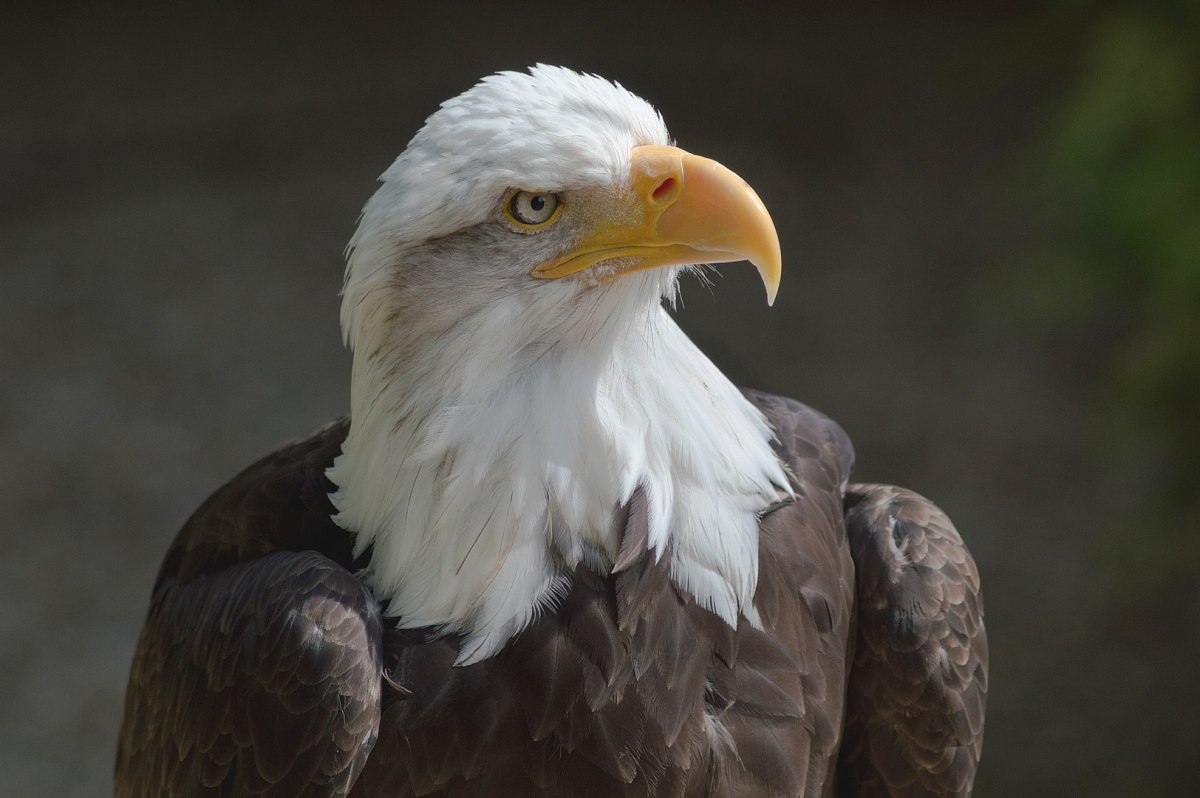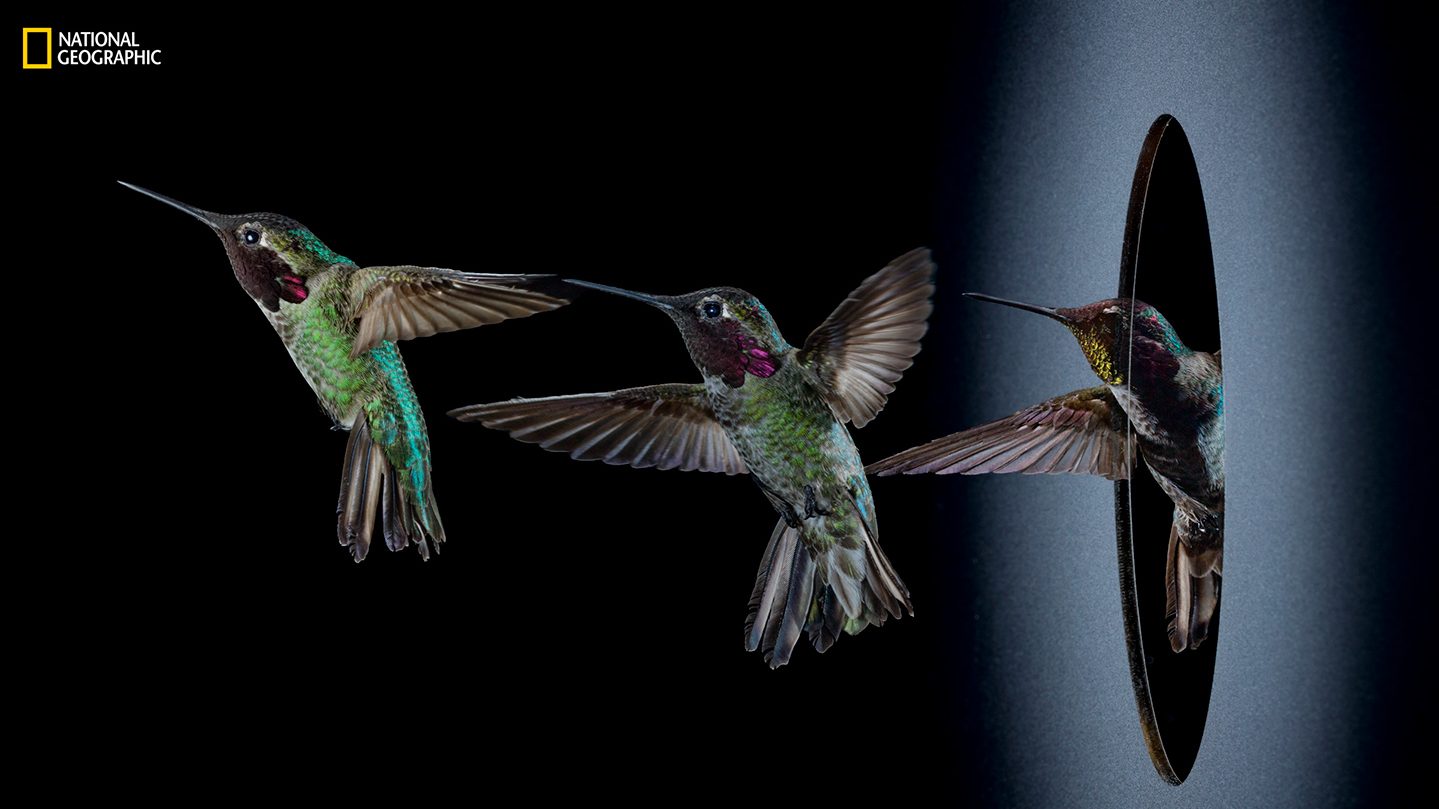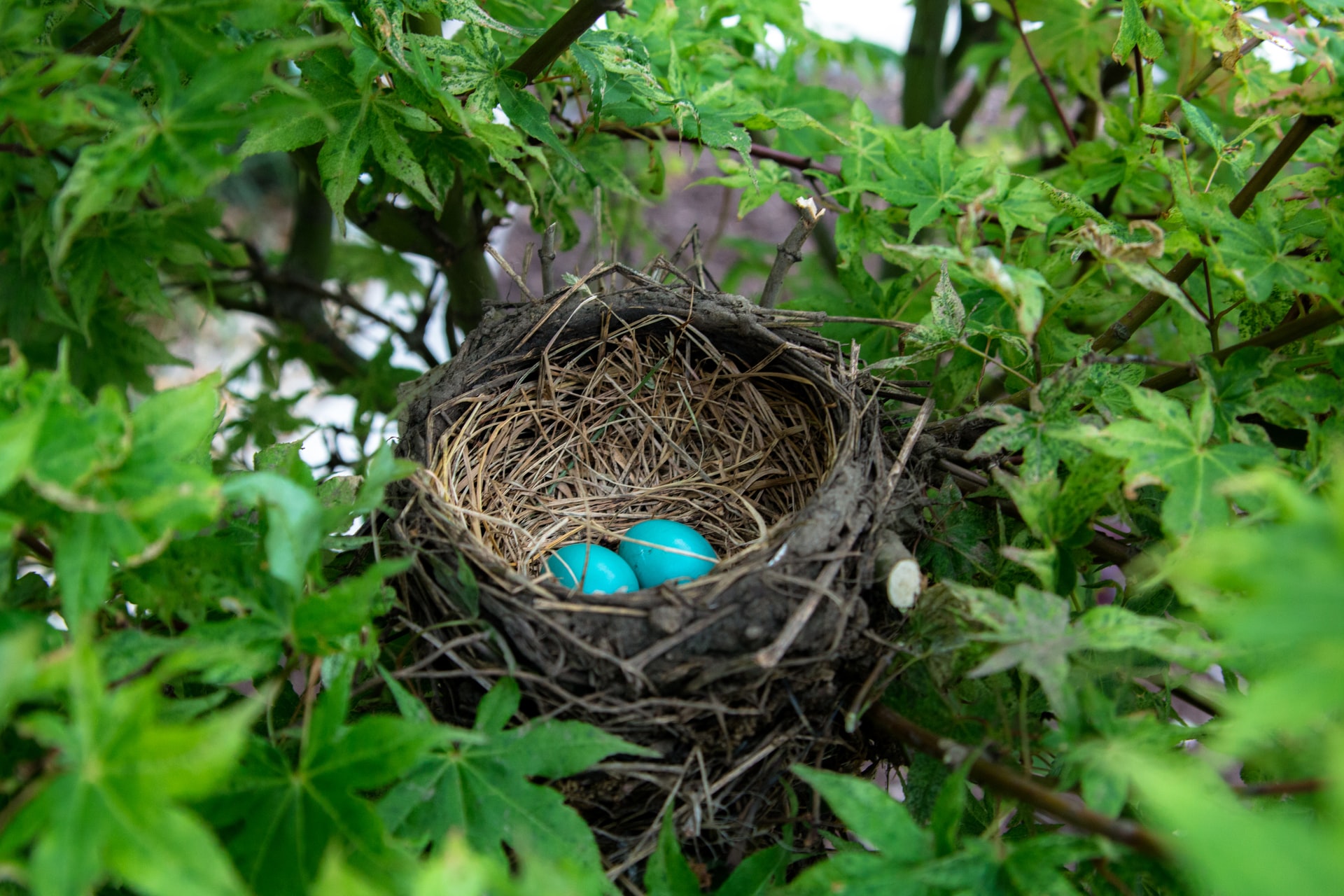Since the early 1980s, the comeback of the nation’s bald eagle population is one of the environmental movement’s most notable success stories. That doesn’t mean that eagles aren’t still in danger, however — from a host of variables, including some environmental factors, that remain risky to the nation’s national bird.
Among them is something that will sound deeply familiar to most readers: eagles are presently dealing with a pandemic of their own. A recently-discovered bird flu, H5N1, has had a dramatic effect on eagle populations since the beginning of the year.
A new report from The New York Times details the avian flu’s latest impact on bald eagles across the country. The article cites a statistic from the U.S.D.A. indicating that 41 bald eagles have died as a result of H5N1 since February of this year — and notes that several more have become infected but are not yet covered in the report.
It’s worth mentioning that bald eagles are far from the only species of bird affected by H5N1. The Times article cites several instances of bird populations dying after encountering it, from vultures to owls. The avian flu has also resulted in the deaths of millions of chickens and turkeys in recent months. The article does note, however, that H5N1 has not yet spread to humans. That’s probably as close to a bright side as we’re going to get with this.
Thanks for reading InsideHook. Sign up for our daily newsletter and be in the know.

















